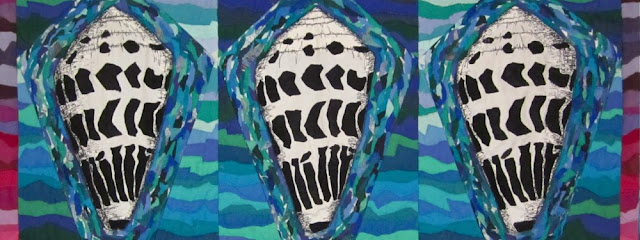My
grandmothers were the old-fashioned variety. They were plumpish and had
wrinkles, glasses, white tinted-blue hair, and soft bosoms, yet the angry blue goose represents them well, for they were strong women in their own ways and worked diligently to protect their families. One was smiling and
gentle and the other was formidable--and I loved them both. Everyone should have one of each in my
opinion, because we need those examples. Neither grandmother jogged, swam laps or worked out, they just gardened. And their lovely gardens linger in my memory. The gentle one went to teachers’
school and loved to read. The formidable one obtained a degree in
music, then became a high school music teacher in a northern town until she
hooked the most eligible bachelor around, the doctor.
My formidable grandmother is the first person on the right in the third row. Certainly, the majority of readers cannot possibly be interested by old family photos, however the 1915 University of Minnesota graduating class in music is an interesting group. In fact, it's a noteworthy group because women students outnumber the men at a time when few had the opportunity of attending universities at all. The problem with history remains that women are generally forgotten and a major problem for women is that they do not have a history. As a researcher in cultural and women's history, I delight in bringing forward the forgotten achievements of women--our grandmothers--to demonstrate that women must not be described as victims, but as participants in our mutual history. If I had the know-how, I would insert a "one-hundred-gun-salute" here.
Back to "Grandma's Blues". My formidable grandmother did sophisticated embroidery and apparently had some notions of how to quilt
because her daughter made a crib quilt for the new baby sister (my mother).
I particularly like the cat with his strange tail and perplexed expression.
My formidable grandmother also possessed a quilt of fine fabrics made by her mother, however, this is the extent of my grandmother's quilting history, as far as I know. Apparently, she wasn't a quilter.
This log cabin shimmers because of the fancy fabrics, however, they are disintegrating. It was draped on my grandmother's baby grand piano.
On
the other hand, my gentle grandmother was a quilter who sewed only by hand. My mother kept several quilts carefully to pass on. Here is one of "Grandma's Blues," a nine-patch probably made in the 1930s or 1940s:
A lovely purple quilt with a basket design:
This bear paw quilt was made in the 1930s for my grandmother's youngest sister who taught primary school.
Age has not faded the bright yellow.
It contains some cute fabrics of the period.
I also inherited several worn out quilts that nobody wanted (fortunately for me),
which I am slowly mending and restoring. Here is a second "Grandma's Blues."
It contains some cute fabrics of the period.
This much-used quilt still has my name tag on it, so I apparently took it to summer camp when I was eight years old. Of course the most wear has occurred at the top where there is the most pull. I have begun repairing it (upper left) by inserting a similar used fabric and then doing needle-turn appliqué to sew the frayed fabric onto the inserted fabric; I call it "sewing the holes." Truth to tell, my mother asked
my grandmother if certain quilts were for everyday use or should be preserved and my grandmother
told her to use them. On the other hand, one specific quilt was to be carefully preserved and passed on as it contains blocks from my great-great-grandmother.































